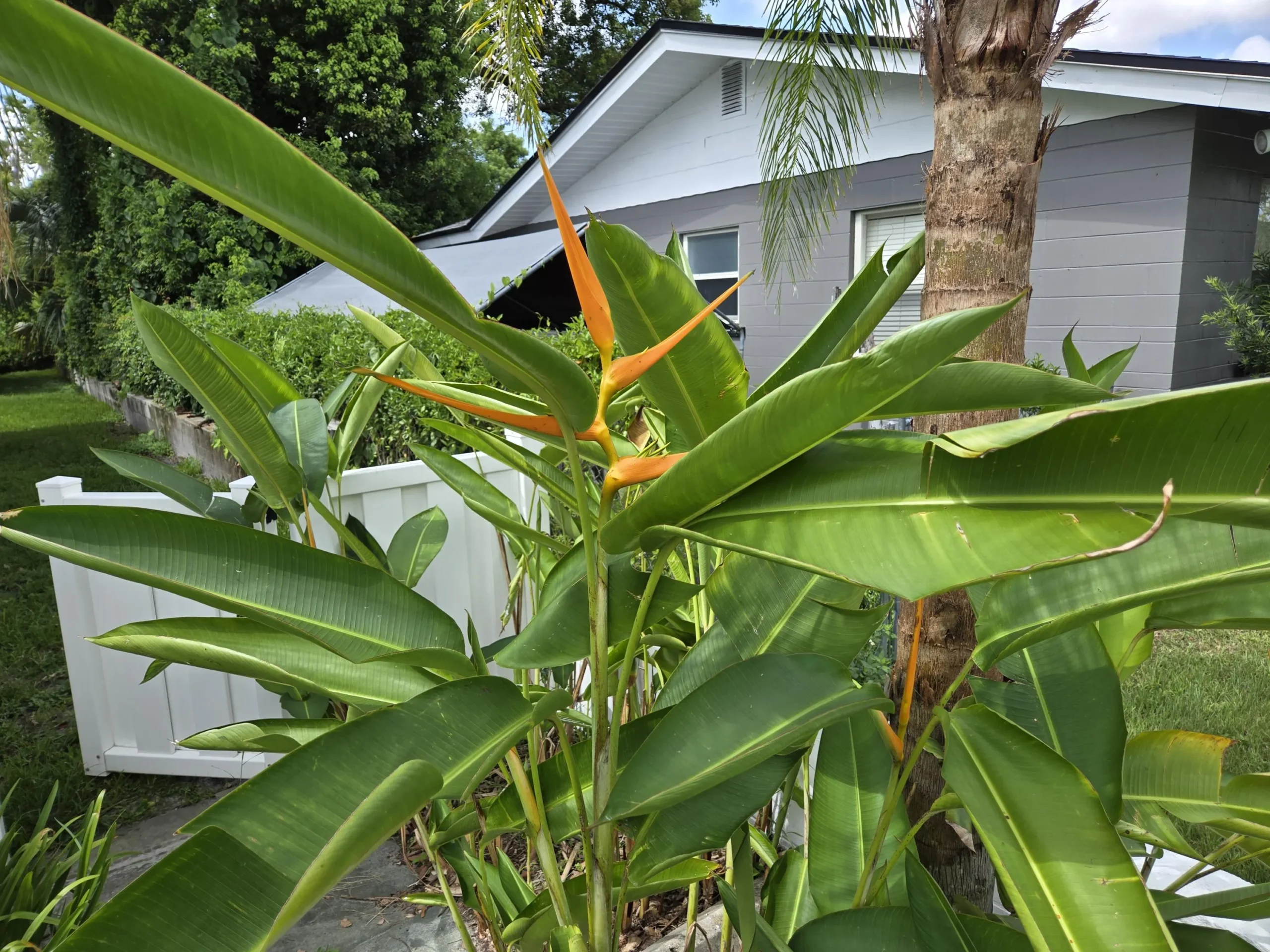Guide to Orange Heliconia (Heliconia latispatha) Rhizome
Orange Heliconia, also known as Heliconia latispatha, is a stunning tropical plant prized for its vibrant orange flowers and lush foliage.
History
Orange Heliconia is native to the tropical regions of Central and South America. It has been cultivated in gardens for its exotic appearance and its role in attracting pollinators.
Common Names
Orange Heliconia
Heliconia latispatha
Plant Characteristics
Height: Up to 6 feet tall
Width: Up to 4 feet wide
Leaves: Large, green, oblong leaves
Flowers: Bright orange, lobster-claw shaped blooms
Bloom Time: Late spring to fall
Sun Exposure: Partial shade to full shade
Soil Type: Well-draining soil, rich in organic matter
Soil pH: Slightly acidic to neutral
Hardiness Zones: 10-11 (USDA)
Planting Guide
When to Plant: Plant in spring or fall when temperatures are mild.
Where to Plant: Choose a spot with partial shade to full shade and well-draining soil.
How to Plant: Dig a hole twice the width of the rhizome and plant it at the same depth it was in the container. Space plants 3-4 feet apart.
Mulching: Add a layer of mulch around the base to retain moisture and suppress weeds.
Care Instructions
Watering: Keep the soil consistently moist, especially during the growing season. Water regularly to prevent the soil from drying out.
Feeding: Fertilize three times a year with a balanced fertilizer (e.g., 10-10-10). Supplement with bone meal or liquid fertilizer to promote blooming.
Pruning: Prune in late winter or early spring to shape the plant and remove dead or damaged leaves.
Propagation: Easily propagated by dividing rhizomes. Divide every 3-4 years to maintain vigor.
Pests and Diseases
Orange Heliconia is generally pest and disease-resistant. However, watch out for aphids, spider mites, and whiteflies. Ensure good air circulation to prevent fungal diseases.
Insects Attracted
Orange Heliconia attracts a variety of insects, including butterflies, hummingbirds, and bees. These insects are beneficial for pollination and pest control.
Uses
Landscaping: Ideal for garden beds, borders, and containers.
Cut Flowers: Excellent cut flowers for arrangements.
Hedges: Can be used to form attractive flowering hedges.
Toxicity
All parts of Orange Heliconia are toxic if ingested. Keep it away from children and pets.
Fun Facts
Symbolism: In some cultures, Orange Heliconia is seen as a symbol of warmth and hospitality.
Varieties: There are several varieties with different flower colors, including red, pink, and yellow.
